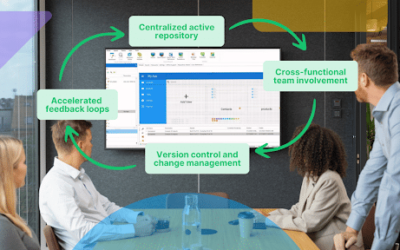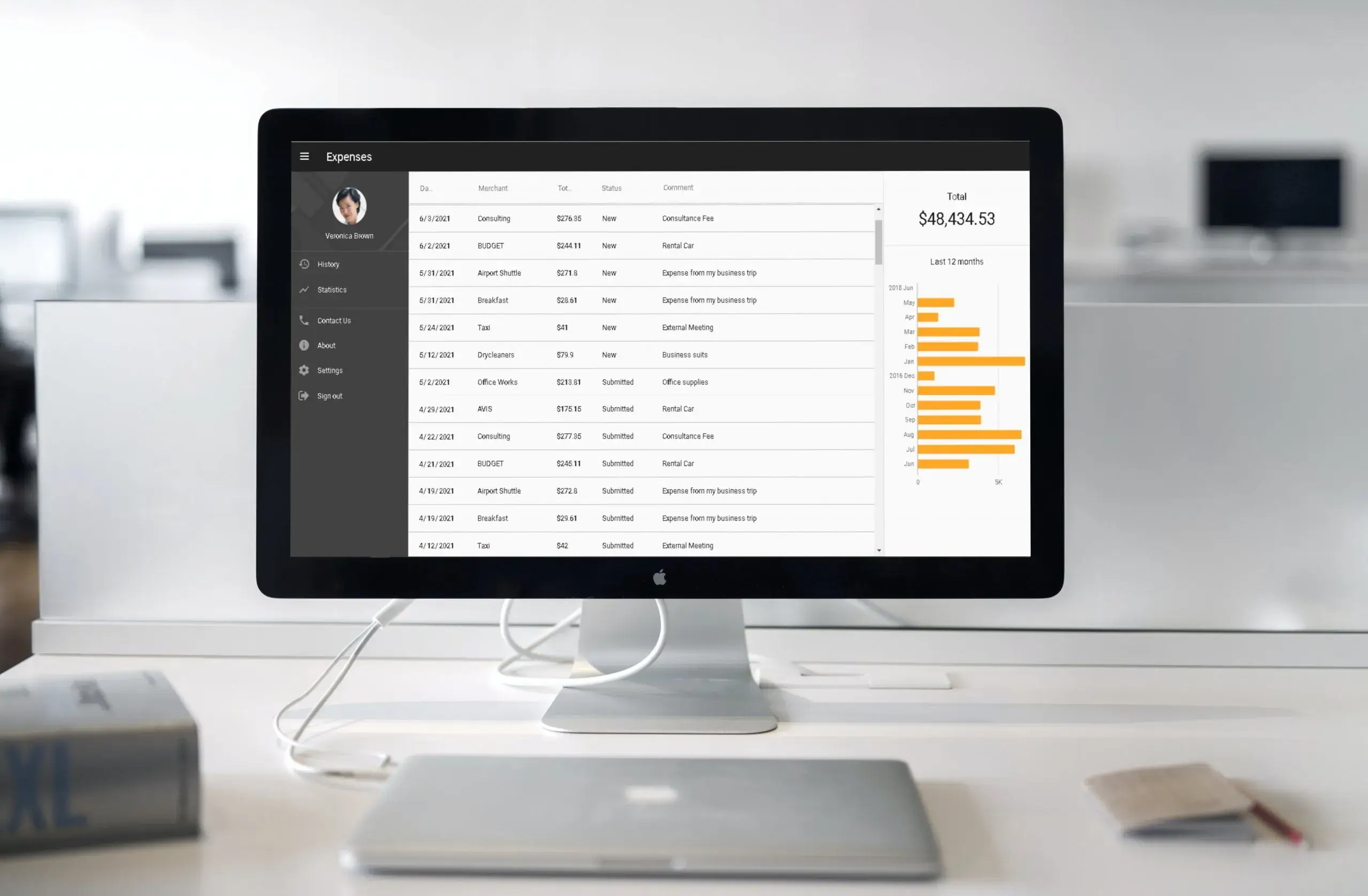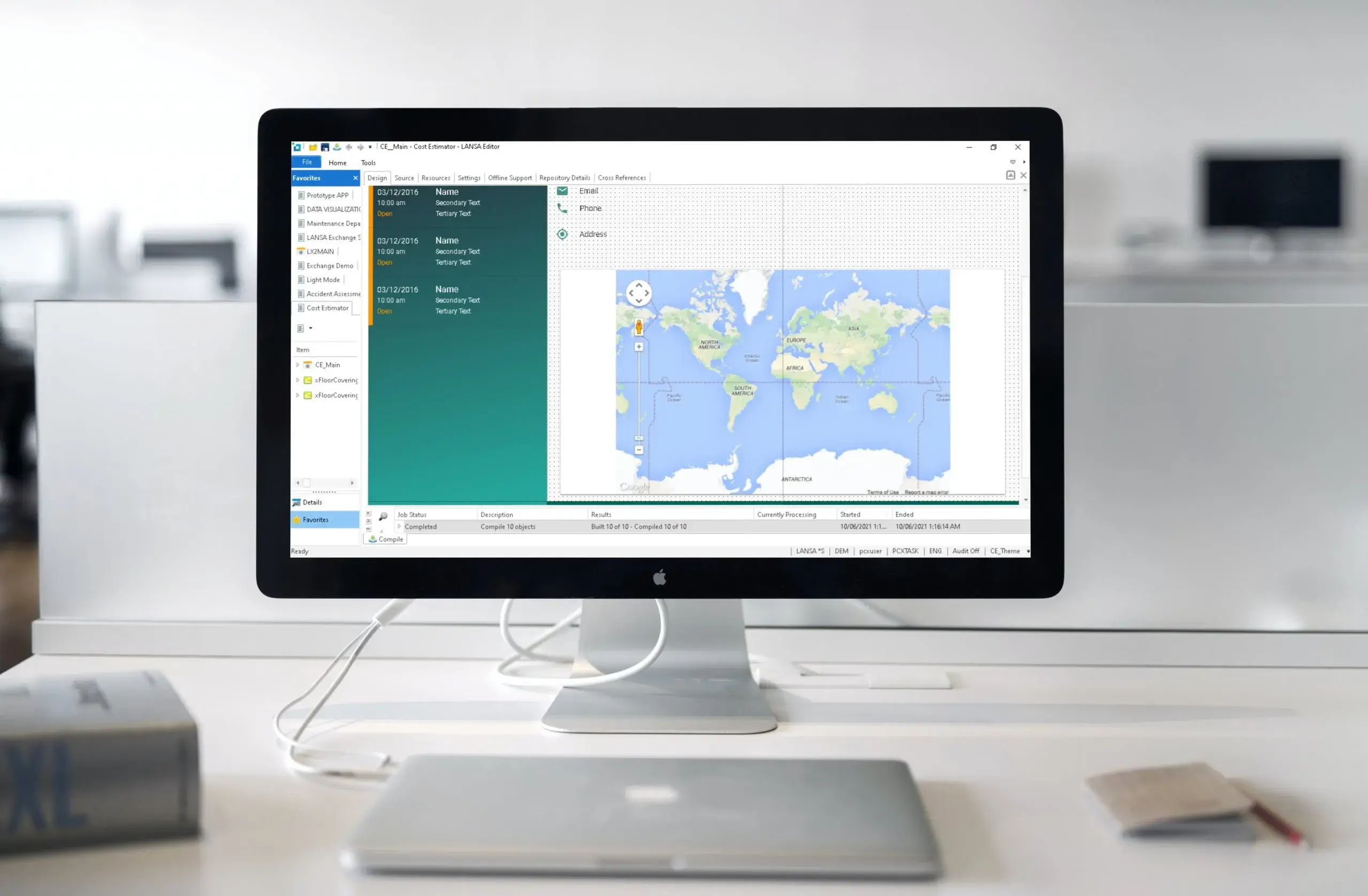Low-code development platforms can make application development simpler and deliver better quality applications faster.
But, wait a minute, haven’t we heard similar promises before? Since the eighties we had CASE, 4GL, RAD and more recently MADP, RMAD, MXDP, DXDP, hpaPaas and no-code platforms. How is low-code different? More importantly, why should you care?
For a short explanation of the development platforms mentioned above, their differences and overlaps, see the blog “RAD, 4GL, MADP, RMAD, MXDP, LCDP, hpaPAAS . . . . What the?”.
With the all those acronyms out of the way, let’s dive into Rapid Application Development (RAD) and Low-code development platforms (LCDPs) specifically.
What are the differences and overlaps between old RAD and new Low-code?
When referring to RAD as a generic term (not to James Martin’s 1991 book about RAD) you could say that low-code is a subset of RAD.
The user interface of the applications that you can produce with RAD platforms has of course dramatically changed since 1991, from dumb-terminal and character-based, to more graphical client-server, mobile and responsive web solutions. Some RAD platforms evolved with these technologies over time, while others vanished. So, the UI is not what sets low-code apart from other RAD platforms.
When the term low-code was introduced by Forrester in 2014, it was initially associated with citizen development. However, with its 2017 “Fork in the Road” report, Forrester separated the low-code market into two segments:
- platforms targeted at AD&D (Application Development & Design) professionals, such as LANSA’s low-code platform.
- platforms targeted at citizen developers (business users and other non-traditional developers).
So, whether citizen developers or professional developers are the users, is not what sets low-code apart from other RAD platforms either.
Here’s what a modern low-code platform offers, that you may not find in your uncle’s RAD
The ease with which developers can drag and drop applications together
Low-code platforms offer a more visual configuration/creation of apps, instead of hand coding them. Once the complexity limit of what can be achieved with a visual drag-and-drop interface has been reached, most LCDPs will allow the developer to use a programming language.
However, more often than not, that language is not within the platform’s IDE (Integrated Development Environment). So, with some low-code vendors the developer is forced to drop out of the platform. This puts the company at risk of losing the productivity and cross platform benefits promised by the low-code vendor. Using additional tools and languages will also increase the maintenance burden and add to the overall cost of the application.
Integration with other applications
Low-code platforms offer integration with other applications. Most low-code vendors offer RESTful APIs and some pre-coded connectors (to popular CRMs and ERPs). Some low-code vendors offer additional integration options, such as direct database access, web services, ActiveX, DLLs, XML and much more.
Licensing, staging and deployment
Most low-code platforms are available as a public cloud service, with freemium trials and subscription based licensing. Compared with your uncle’s RAD, there are usually less upfront costs. Some low-code vendors charge based on the number of end-users of an application. This might provide a low-cost starting point for your first app, but could create significant costs when your next app is accessed by thousands of users.
Most modern low-code vendors offer PaaS (Platform as a Service) options for application deployment, with automated facilities to stage applications from test to production. Some low-code platforms offer only PaaS deployment, while others allow deployment on a mixture of on-premise and cloud platforms. Either way, low-code platforms must be able to handle the underlying platform technologies for scaling, security, architecture, device and database specifics.
What types of Low Code Development Platforms are available?
General purpose low-code platforms are architected to address any kind of custom application development with minimal coding. General purpose platforms are mostly suitable for AD&D professionals. Focus is on highly scalable applications, ease of maintenance, build-once deploy-anywhere and integration. These platforms allow developers to create anything from a small mobile app to an enterprise-grade system of record. This is where LANSA’s low-code platform is fitting in.
Mobile extension low-code platforms are focused on providing a mobile front-end to existing back-end applications. These platforms often lack depth in other development and deployment areas. Citizen developers may be able to create the front-end apps, but they will need help from professional developers and third party tools to do anything else.
Ecosystem Vendors (a.k.a. Cloud MegaApps) provide low-code extensions for use within the vendor’s own ecosystem. The biggest players here are Salesforce, SAP, Oracle and Google. These platforms focus on extendable databases and low-coding options to customize and extend existing cloud ERP/CRM solutions.
Niche and no-code platforms focus on a few specific applications and rely on kick-start templates (and services), for example for workflow, event management, staff scheduling or expense claims. You are not building an app, you are customizing an app. Many of these might be suitable for citizen developers.
Why should you care about low-code?
Development Speed – Speed is the most obvious benefit of the low-code approach. With low-code, developers can create new applications in hours or days, rather than weeks or months.
Stay current – Application development technologies change fast and new languages and frameworks emerge all the time. It’s not easy task to stay ahead of the ever-changing tech trends. A good low-code development platform insulates the developer from the underlying technologies by generating whatever is needed. This bridges the skills gap and future proofs your applications.
Easy maintenance – A good low-code development platform centralizes business rules and definitions, making maintenance straightforward and fast.
Cost reduction – Full stack developers are in short supply and command a premium salary. But their talents are often wasted on plumbing code and device specific technologies. Low-code development platforms enable regular developers, especially those with an understanding of your business, to create the same apps.
Shadow IT reduction – When IT departments are overloaded, backlogs accumulate and business users frequently turn to third-party solutions. These solutions aren’t verified to be secure and complying with the company’s guidelines, which can potentially be catastrophic. Low-code platforms reduce the IT backlog, taking away the need for shadow IT.
Improved business agility and a better user experience are a natural result.

























